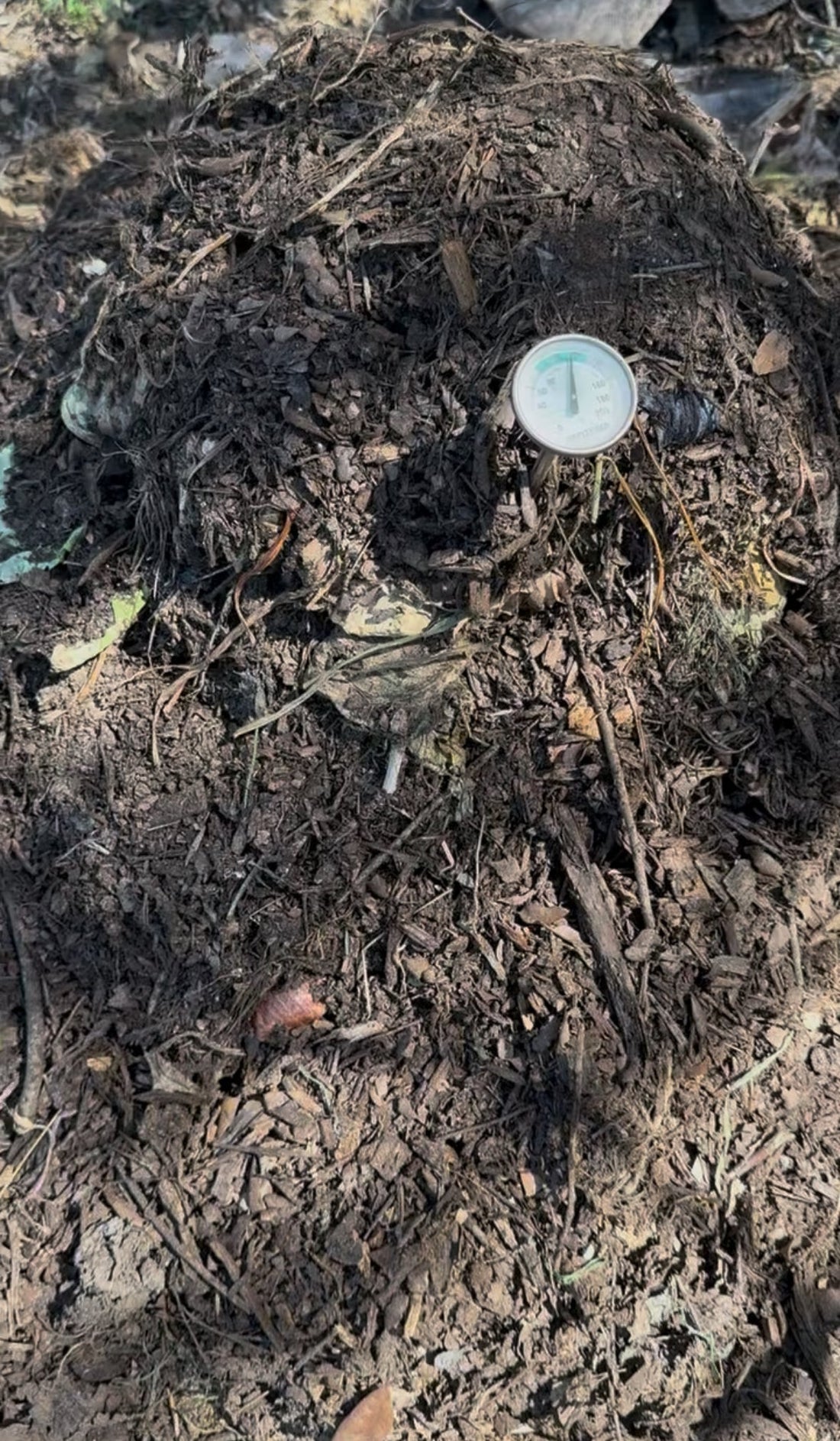If you're looking for the simplest way to compost in an urban setting, the classic static pile is hard to beat. No fancy equipment—just a spot in your yard and a commitment to letting nature do its thing.
Setting up a pile is straightforward. Go completely barebones with just a mound on the ground, or build a little enclosure using chicken wire or free wood pallets. (A lot of businesses are happy to give pallets away for free.) Stand them on edge, stake them into the ground, and form a square or even a V-shape corner. That’s your compost zone, ready to go.
One of the best parts of this method is how forgiving it is. You can toss in most of your yard clippings and kitchen waste—even small amounts of meat if you’re feeling bold. The smaller the material, the faster it’ll break down, but there’s no need to obsess over chopping everything up. If you’re patient, the pile will eventually do the work for you.
That said, if you’re in a hurry to make compost, you’ll need to give the pile a little attention. Keeping it moist (like a wrung-out sponge) and maintaining a decent balance of greens (nitrogen) and browns (carbon) helps things cook faster. With the right mix and a bit of luck, the pile can heat up to around 110–160°F, which is when microbes really kick into gear. When the temperature drops, give it a turn with a pitchfork to bring in some oxygen and keep things active.
Now for the not-so-fun part. Static piles can attract critters. Even if you throw a tarp over it to hold in moisture, raccoons, mice, squirrels, and possums may still be drawn in by the scent of decaying scraps.
And speaking of smell, if your pile isn’t balanced or is too wet (or you got a little too daring with meat scraps), it can start to stink. In a small backyard or near a neighbor’s fence, that can be a dealbreaker.
Another downside is the wait. If you’re not managing your pile actively, it can take six months to a year before you get finished compost. Even with regular turning and monitoring, you’re still looking at six to twelve weeks for mature, ready-to-use material.
Despite the cons, the static pile remains one of the easiest, cheapest, and most accessible ways to compost. It’s not fast, it’s not mess-free, and it won’t win any awards for curb appeal—but it works. If you’ve got a little space, a steady flow of scraps, and a bit of patience, this method can turn your waste into something your garden will love.

